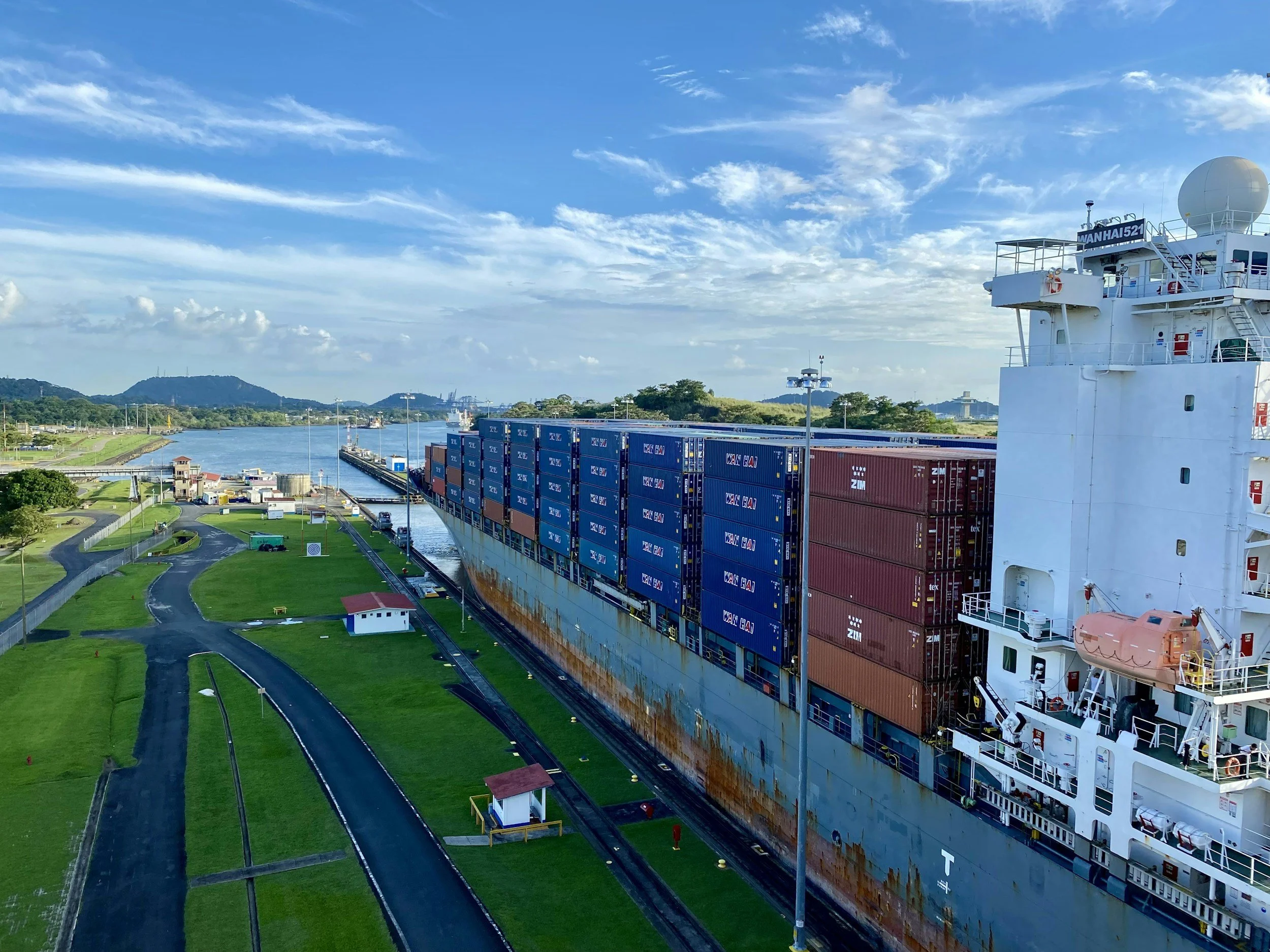The Panama Canal Is America’s Forgotten Marvel: Could It Come Back Under U.S. Control?
The provocative idea that stirs patriotic pride and logistical practicality
The Panama Canal, a testament to American ingenuity and determination, remains one of the greatest engineering feats of the modern world. Built by the United States over a century ago, this 50-mile-long waterway connects the Atlantic and Pacific Oceans, revolutionizing global trade. Today, the canal is operated by Panama, but there’s a lingering question: could it ever return to U.S. control? It’s a provocative idea that stirs patriotic pride and logistical practicality. Here’s a closer look at the canal’s history, why its control matters, and why you should visit this modern marvel before it becomes the centerpiece of geopolitical debates again.
A Modern Marvel Worth Seeing
The Panama Canal isn’t just a feat of engineering—it’s a story of vision, resilience, and geopolitical importance. Visiting the canal is like stepping into a living history book, one that continues to shape the world’s economy and politics. While the prospect of U.S. control might remain a topic for debate, there’s no debating the canal’s significance. Plan your visit to this incredible landmark and see firsthand why it’s still one of the world’s greatest marvels.
1. A Marvel Born of American Determination
The U.S. inherited the canal project in 1904 after a failed French attempt, overcoming disease, engineering challenges, and harsh tropical conditions to complete it by 1914. The canal quickly became a critical asset for global trade and military strategy. For decades, it symbolized American ingenuity and dominance.
Visiting the Panama Canal today offers a glimpse into this legacy. Stand at the Miraflores Locks and watch colossal ships rise and fall as they traverse the canal, an engineering process that still feels like magic.
2. Why the Canal Matters Now More Than Ever
Global trade depends on the canal. Each year, over 13,000 vessels pass through, carrying everything from electronics to essential goods. As shipping demands grow and tensions escalate in trade routes like the South China Sea, the Panama Canal’s importance is only increasing.
A return to U.S. control could ensure its stability and neutrality in global politics. Imagine an America that once again secures this vital artery for international commerce.
3. Could the Panama Canal Return to U.S. Hands?
When the U.S. transferred control of the canal to Panama in 1999, some Americans saw it as a loss of strategic influence. Today, with increasing global instability and the canal’s pivotal role in trade, there’s renewed discussion about its importance to U.S. interests.
While a return to U.S. control would be controversial, the possibility remains an intriguing “what if.” After all, the U.S. built the canal, invested heavily in its maintenance, and relies on its operations for a significant portion of its own economy.
4. Why You Should Visit This Modern Marvel Now
Whether or not the canal’s ownership changes in the future, it’s a must-see destination for travelers. Panama City offers a perfect mix of cosmopolitan allure and rich history. Visit the canal to marvel at its engineering and learn about the incredible challenges faced during its construction.
The nearby Panama Canal Museum dives deeper into the story, and a trip to the canal’s locks—especially the newer, larger Agua Clara Locks—is a jaw-dropping experience. Beyond the canal, explore Panama’s lush rainforests, indigenous culture, and vibrant nightlife.
5. The Future of the Canal
The canal is adapting to the demands of the modern world, including expansions to accommodate larger ships and eco-friendly initiatives to reduce emissions. Its future is as vital as its past, and whether under Panamanian or U.S. control, it will remain a cornerstone of global commerce.

